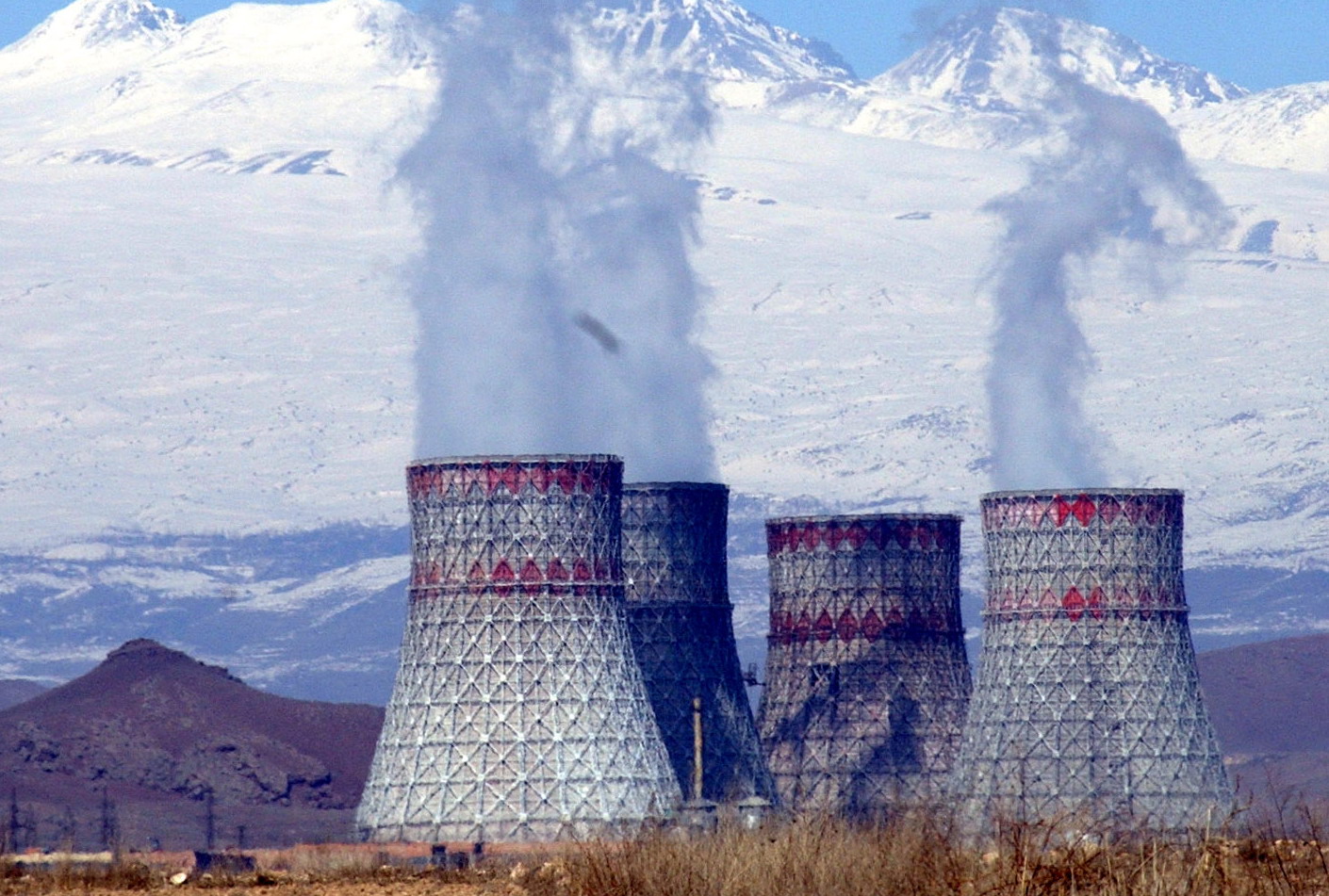Recently to be signed “Comprehensive and Enhanced Partnership Agreement” between Armenia and the European Union was published which also envisages the decommissioning of the Armenian nuclear power plant over time. This circumstance became a subject of serious public debate and even criticism.
And although it is obvious that any nuclear power plant can not last forever and it has long been known that the Metsamor nuclear power plant will be closed in 2026, let us try to understand the terms of operation of this and other nuclear power plants.
The Reactor
Metsamor nuclear power plant reactor was designed in late 1960s and 1970s and had no exact expiration date. It belongs to VVER-440 reactor types of Soviet Soviet-era Light Water Reactors. Particularly, in Metsamor the oldest version of this series, the VVER-440/230 seismic-stable modification has been deployed, it received the name VVER-440/270.
VVER-440/230 reactors were also installed at the nuclear power plants of Novovoronezh (Russia), Kolsk (Russia), Kozloduy (Bulgaria), Greifswald (Germany) and Bogunitse (Slovakia).
Germany removed VVER-440/230 from service in 1990, Bulgaria did it in 2006, and Slovakia in 2008. Nuclear power plants continued to operate in these three countries, but newer and safer ones.
In Russia one of the two VVER-440/230 power units of the nuclear power plant in Novovoronezh was closed in 2016, the other will be closed in 2017, and the two power units of this type at the Kolsk nuclear power plant will be closed in 2018 and 2019.
That is to say, in 2019 Armenian NPP will probably become the only nuclear power plant, where the power unit of VVER-440/230 generation will still be functioning.
In the world
At this point 191 nuclear power plants operate in 31 countries (which have 448 power units). The second (operating) power unit of the Metsamor nuclear power plant was put into operation in January 1980. Out of 448 power plants existing in the world only 96 are older than Metsamor power plant (with about 80 of them to be closed in the next five years). Here’s the list of countries:
48 are in the USA (the last will be closed in 2038),
8 are in Russia (planned to be closed by 2025),
6 are in France (will be closed in 2018-2020),
6 are in Canada (4 of them will be closed in 2018-2019),
5 are in Japan (there is a decision to close 2 of them),
4 are in Switzerland (will be closed in 2018-2022),
4 are in the United Kingdom (will be closed in 2023),
3 are in India,
3 are in Belgium (will be closed in 2025),
2 are in Finland (will be closed by 2039),
2 are in Taiwan (will be closed in 2018-2019),
2 are in Sweden (will be closed in 2018-2020),
1 is in Pakistan,
1 is in Netherlands (will be closed in 2033),
1 is in Argentine.
In other words, the energy units of the 1960s and 1970s in the world are now quite intensively decommissioned for safety reasons.
Danger
No mechanism can operate forever. If the nuclear power plant is concerned, its disruption may endanger health of millions of people and lead to emptying of almost the entire territory of Armenia.
Pressure in the VVER-440/230 nuclear reactor exceeds 125 atmospheres and the temperature is higher than 300 celsius degrees. And for its exploitation 100% confidence is needed that the reactor will survive under these conditions. Even little doubt or lack of trust are the basis to close the nuclear power plant.
Moreover, these reactors designed half a century ago do not have many security systems which newer generation reactors are equipped with.
At this point the Armenian NPP meets the requirements of International Atomic Energy Agency. Today there is no study to say whether Metsamor Nuclear Power Plant can be exploited after 2026. However, given the fact that the power units of VVER-440/230 generation are already completely decommissioned, it can be assumed that their safe operation date expires.
Moreover, if we take into account that the second power unit of Metsamor nuclear power plant by 2026 will be one of the oldest reactors in the world, it is difficult to imagine the perspective of its future safe exploitation.
Danger of closure
The atomic power plant now supplies about 1/3 of the electricity consumed in Armenia at the price about 3-4 times cheaper than thermal power plants. Only hydroelectric power stations are cheaper than nuclear power plant.
If the nuclear power plant is replaced by wind, solar or natural gas power plants, the cost of electricity in Armenia will increase by about 10 drams. At the same time, the construction of a new nuclear power plant is also costly and the inclusion of the construction into the electricity price will also lead to the increase in tariffs.
In other words, the inevitable closure of Metsamor Nuclear Power Plant in any scenario would lead to increase in the electricity tariff with all its consequences. Armenian authorities will try to do their best to extend this perspective, but it is unacceptable to do so at the expense of security.
Daniel Ioannisyan
Union of Informed Citizens
























































